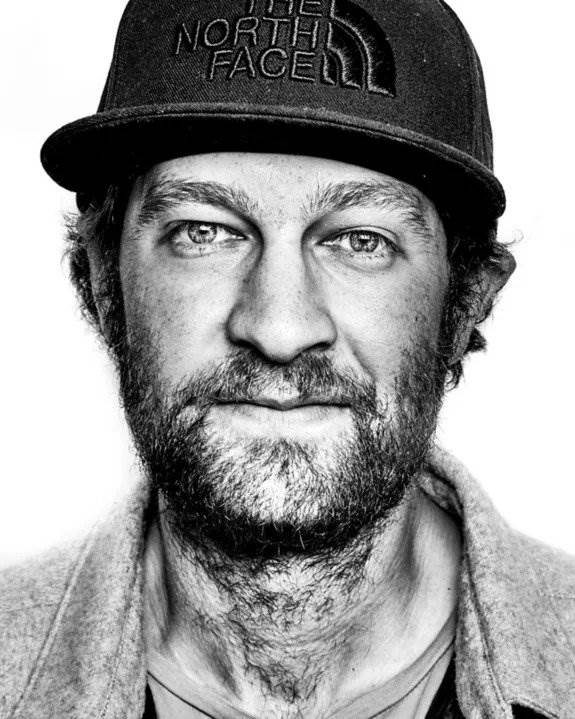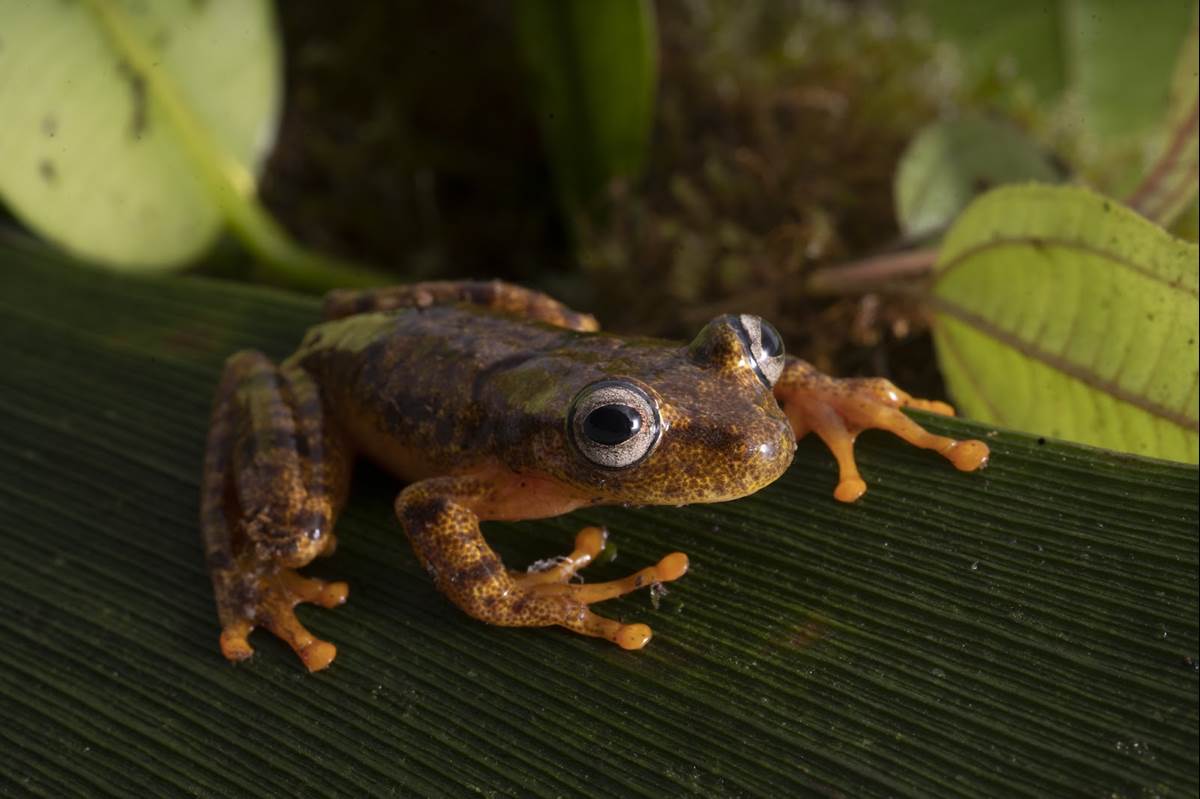Renan Ozturk is a National Geographic Photographer and one of the directors of Explorer: The Last Tepui, streaming on Disney+ this Earth Day, April 22nd. We had the honor of interviewing Renan about his newest project, the challenges he and the team had to overcome, and the message he hopes viewers will take away. But first, a little more information about the man behind the camera. Renan began his career as an expedition climber and landscape artist, spending years living in a tent beneath the big walls of the U.S. National Parks and in the snowy Himalayan mountains. In 2013, he received the National Geographic Adventurer of the Year award for his combination of cutting-edge first ascents and visual storytelling. Currently, Renan works as a commercial and documentary filmmaker, an expedition climber for The North Face, and a photojournalist for Sony and National Geographic.
Laughing Place:
How did you get involved with this expedition to Tepui?
Renan Ozturk:
This is a long time coming. Mark Synnott was a mentor before I even knew what adventure was. He gave a presentation at our college at the time and I was like, wow, this is more than just climbing. It's a bridge to culture and understanding the world. And then Alex Honnold's a really old friend as well, before he was even a sponsored professional climber. We had climbed together on the road. So that's how a lot of these bigger trips come together. There's a lot of trust over many years. In this case, it was almost 20 years. And a lot of us have done trips that are just focused on climbing, but this one was more on conservation and science and that's what really made it meaningful, so yeah, it was a long time coming.
Laughing Place:
What was the planning process like?
Renan Ozturk:
This is one of the hardest environments to film in because even in the dry season, it torrentially rains for over 12 hours a day and there's nothing you can fully do to prepare for something like that. That's just an environment where electronics are not meant to operate properly. And on top of that, there's no power. Previously we did an expedition to Everest where it was just a lot easier than this was because we had solar power. At least we could charge with that. But since we're under the jungle canopy, there's no solar gains to be had. And yeah, we just prepared the best we could with the knowledge that we could find. But when we got there, everything changed and we were really relying on the local Indigenous Amerindians and they would build us a shelter every night and we would all sleep hanging in the same shelter that they built from hammocks, because you can't use tents. It really turned everything on its end as from what we knew as mountainous outdoors people trying to operate in this cloud forest environment.
Laughing Place:
You make a decision to split up and have one group continue on while another stays behind. Did that add more stress to the documenting ecosystem you had to create?
Renan Ozturk:
It created a huge amount of stress story-wise and just safety-wise, splitting up the crew, the more you get spread out in places that remote where there's no rescue and there's really no helicopter rescues, because the jungle canopy is so thick and there had to be some pretty serious decisions made in that moment. But luckily we had [fellow director Taylor Rees] as well. So we were able to split up the directors and be able to keep the story threads alive in creative ways the way we were communicating with the radios and that, honestly, I think it all worked out for the best and we were able to accomplish that much more.
Laughing Place:
Do you think about the through-line of the story you’re telling while you’re filming, or are you just documenting what’s happening and hoping you can create a story with what you shot?
Renan Ozturk:
I think you're constantly trying to figure out the throughlines and how it makes sense. If you are completely blindly documenting these things, then you might not come away with as powerful of a film. So I think you have to think about the narrative threads and how they interact. And I think the biggest thing is to come back with something powerful to share and for a wide audience on Disney+ to understand a place on earth that they've never been to, that maybe they'll never get a chance to go to, but we want to create empathy so that it'll be protected in the long run. So the more you can pivot in the moment, and we're constantly communicating between the team with radios. And then although it's painstaking, we're also communicating with our EPs back in New York and DC at NatGeo channel and Disney+ on sat texters, and at times they're helping make some of these crucial decisions and we're keeping them abreast. There's a lot of behind the scenes of little decisions that are made I think that really helped the show.
Laughing Place:
This is a centerpiece of Disney+'s Earth Day celebration. What do you hope the millions of people that are on that service will take away from this documentary?
Renan Ozturk:
I just hope people come away with this sense of awe for the planet. There's so much oversaturation of different landscapes on social media these days, and it's hard to find something new or have that sense of wonder and awe for the planet. But the Tepui environment is a place, especially where we went, that had never been documented before in the same way. And if they can come away with that sense of wonder, then I think that's what really creates the empathy that will create positive change for the planet. If not for this place, then for people's own backyards.
You can check out National Geographic Explorer: The Last Tepui on Disney+ this Earth Day.


